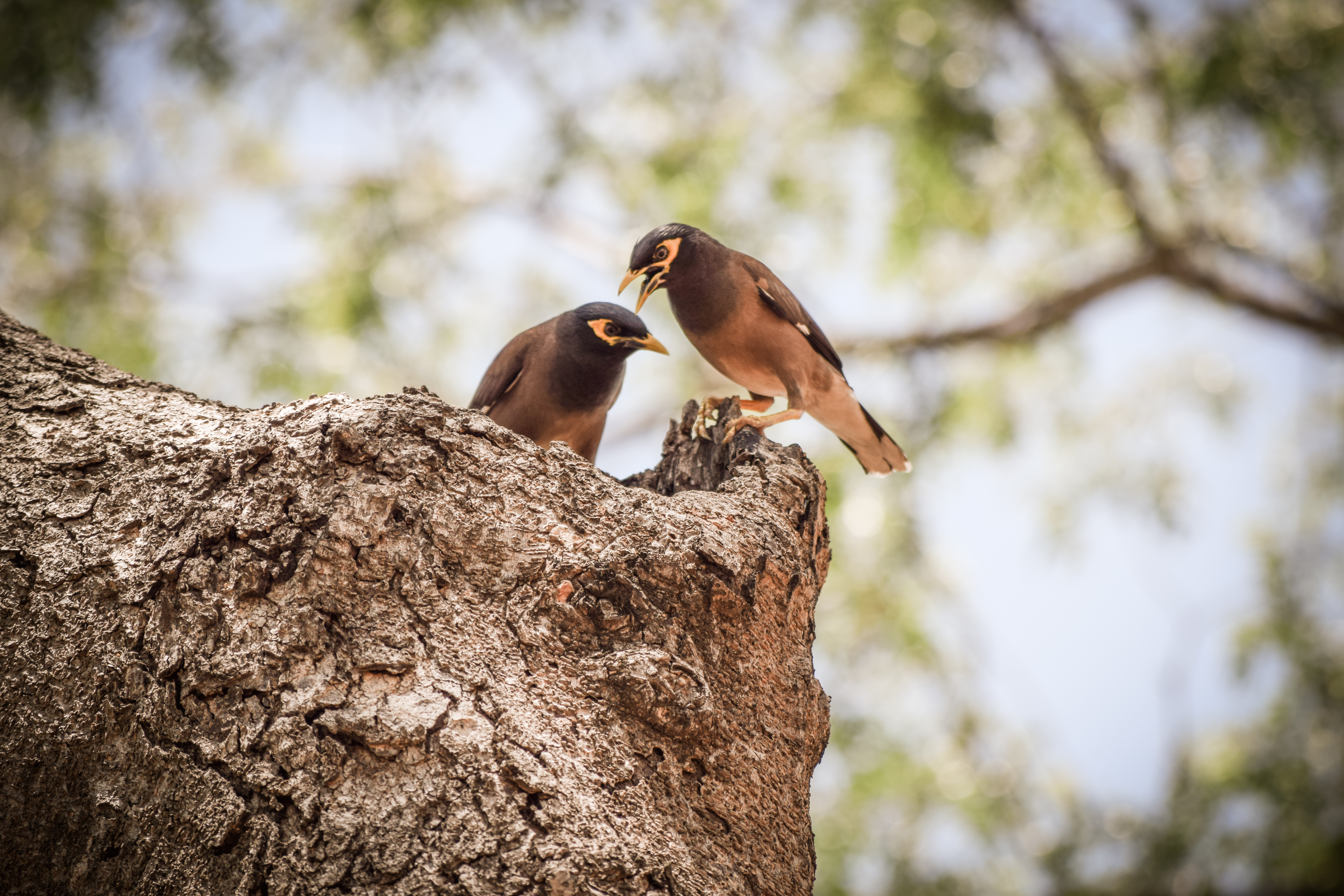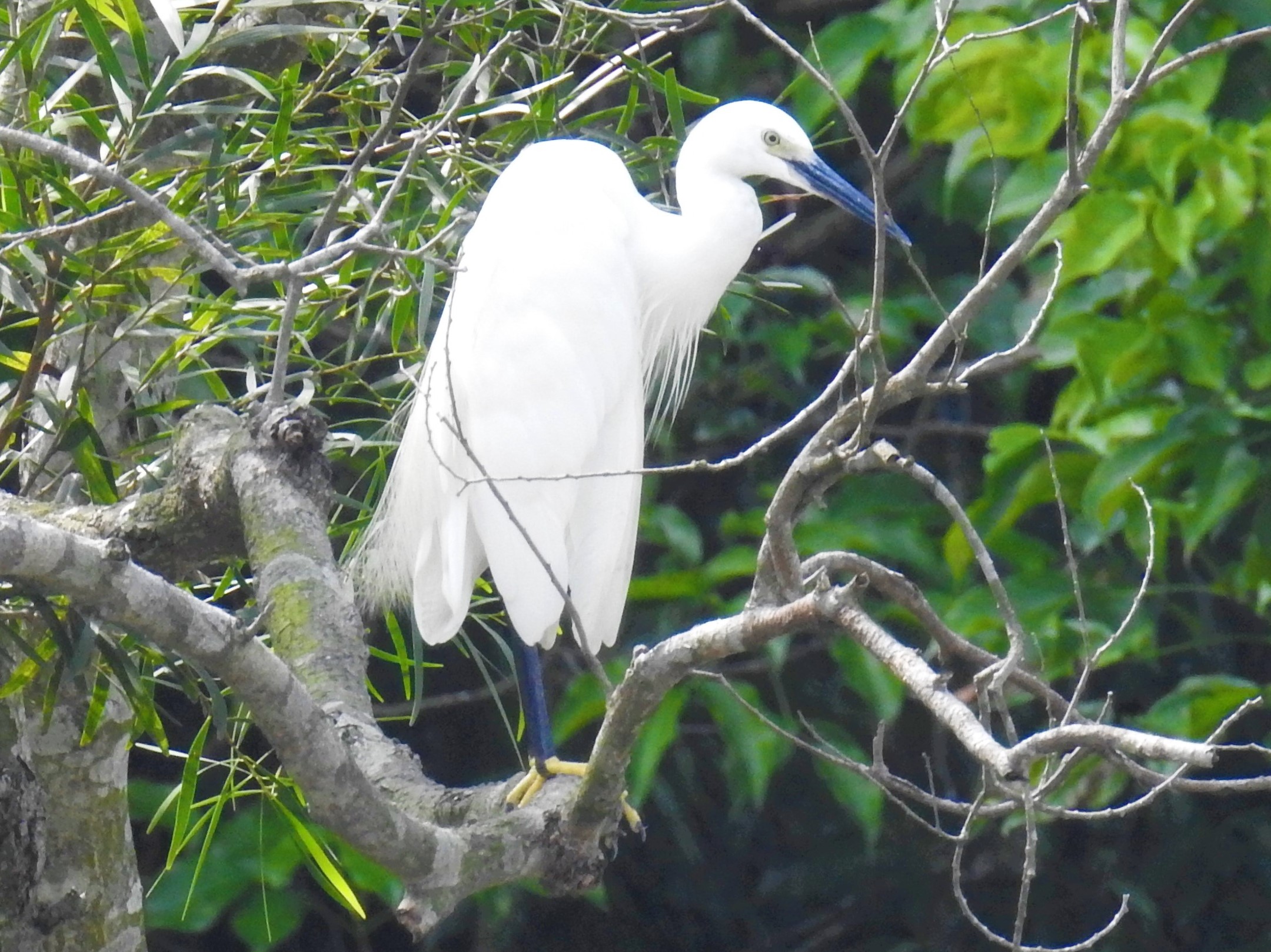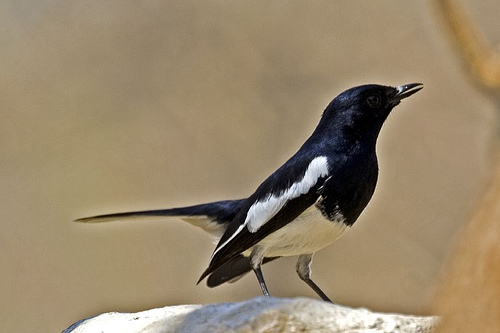|
Chamarajendra Reservoir
Hesaraghatta Lake is a humanmade reservoir located 18 km to the north-west of Bengaluru in Karnataka state, India. It is a fresh water lake created in the year 1894 across the Arkavathy River to meet the drinking water needs of the city. Sir K. Seshadri Iyer, the then Dewan of erstwhile Mysore state and the then Chief Engineer of Mysuru, M. C. Hutchins, planned to build the scheme called the "Chamarajendra Water Works" to store a three-years' water supply to the city. This crucial water body is an integral part of the recently declared Hesaraghatta Grasslands Conservation Reserve, enhancing its ecological and biodiversity significance. Access The lake is approachable by road from Bengaluru at a distance of 26.5 km to the north-west of the city.http://www.geopassage.com/India/attraction/Bangalore/Hesarghatta.htm Hesarghatta Topography The total catchment area draining into the Lake at the dam built on the Arkavati, River Arkavati is 73.84 km2 (2189 mi2) ... [...More Info...] [...Related Items...] OR: [Wikipedia] [Google] [Baidu] |
Bengaluru Urban
Bengaluru Urban district is the most densely populated of the thirty-one List of districts of Karnataka, districts that comprise the Indian state of Karnataka. It is surrounded by the Bengaluru Rural district on the east and north, the Ramanagara district on the west and the Krishnagiri district of Tamil Nadu on the south. Bangalore Urban district came into being in 1986, with the partition of the erstwhile Bangalore district into Bangalore Urban and Bangalore Rural districts. Bangalore Urban has three taluks: Bengaluru City, Yelahanka and Anekal. It has seventeen hoblies, 872 villages, eleven rural habitations, five towns, one List of cities in India by population, tier-three city and one Tier 1 cities in India, tier-one city, administered by ninety-six Gram panchayat, Village Panchayats (''Grama Panchayitis''), ninety-seven Taluk panchayat, Taluk Panchayats (''Taluk Panchayitis''), five Nagar palika, Town Municipal Councils (''Purasabes)'', one Nagar palika, City Municipal Co ... [...More Info...] [...Related Items...] OR: [Wikipedia] [Google] [Baidu] |
Thippagondanahalli
Thippagondanahalli Reservoir, also known as T G Halli Dam or Chamarajasagara, is located at the confluence of the Arkavathy and Kumudavathi rivers, west of Bangalore Bengaluru, also known as Bangalore (List of renamed places in India#Karnataka, its official name until 1 November 2014), is the Capital city, capital and largest city of the southern States and union territories of India, Indian state of Kar ..., India. It is used by the Bangalore Water Supply and Sewerage Board as a major source of drinking water for western Bangalore. The lake is a man-made reservoir, created by the building of a dam which was inaugurated in 1933. M. Visvesvaraya supervised the construction work. Water crisis In the summer of 2007, the lack of rain in the watershed for the reservoir, along with use of the water for the city ran the lake almost dry. Recreational use Thippagondanahalli is also popular recreation location, especially during summer months. It is located on Magadi road ... [...More Info...] [...Related Items...] OR: [Wikipedia] [Google] [Baidu] |
Brahminy Kite
The brahminy kite (''Haliastur indus''), also known as the red-backed sea-eagle in Australia, is a medium-sized bird of prey in the family Accipitridae, which also includes many other diurnal Bird of prey, raptors, such as eagles, buzzards, and harrier (bird), harriers, all found in the Indian subcontinent, Southeast Asia, and Australia. The brahminy kite is found mainly on the coast and in inland wetlands, where it feeds on dead fish and other prey. Adults have a reddish-brown body plumage contrasting with their white head and breast which make them easy to distinguish from other birds of prey. Taxonomy In 1760, French zoologist Mathurin Jacques Brisson described and illustrated the Brahminy kite in the first volume of his ''Oiseaux'' based on a specimen collected in Pondicherry, India. He used the French name ''L'aigle de Pondichery''. The brahminy kite was included by the French polymath Georges-Louis Leclerc, Comte de Buffon in his ''Histoire Naturelle des Oiseaux''. It was a ... [...More Info...] [...Related Items...] OR: [Wikipedia] [Google] [Baidu] |
Acridotheres Tristis
The common myna or Indian myna (''Acridotheres tristis''), sometimes spelled mynah, is a bird in the family Sturnidae, native to Asia. An omnivorous open woodland bird with a strong territorial instinct, the common myna has adapted extremely well to urban environments. The range of the common myna is increasing at such a rapid rate that in 2000 the IUCN Species Survival Commission declared it one of the world's most invasive species and one of only three birds listed among " 100 of the World's Worst Invasive Species" that pose a threat to biodiversity, agriculture and human interests. In particular, the species poses a serious threat to the ecosystems of Australia, where it was named "The Most Important Pest/Problem" in 2008. Taxonomy In 1760, the French zoologist Mathurin Jacques Brisson included a description of the common myna in his ''Ornithologie'', based on a specimen that he mistakenly believed had been collected in the Philippines. He used the French name ''Le merle de ... [...More Info...] [...Related Items...] OR: [Wikipedia] [Google] [Baidu] |
Common Myna
The common myna or Indian myna (''Acridotheres tristis''), sometimes spelled mynah, is a bird in the Family (biology), family Sturnidae, native to Asia. An omnivorous open woodland bird with a strong territorial instinct, the common myna has adapted extremely well to Urban area, urban environments. The range of the common myna is increasing at such a rapid rate that in 2000 the IUCN Species Survival Commission declared it one of the world's most invasive species and one of only three birds listed among "100 of the World's Worst Invasive Alien Species, 100 of the World's Worst Invasive Species" that pose a threat to biodiversity, agriculture and human interests. In particular, the species poses a serious threat to the ecosystems of Australia, where it was named "The Most Important Pest/Problem" in 2008. Taxonomy In 1760, the French zoologist Mathurin Jacques Brisson included a description of the common myna in his ''Ornithologie'', based on a specimen that he mistakenly believed ... [...More Info...] [...Related Items...] OR: [Wikipedia] [Google] [Baidu] |
Little Egret
The little egret (''Egretta garzetta'') is a species of small heron in the family Ardeidae. It is a white bird with a slender black beak, long black legs and, in the western race, yellow feet. As an aquatic bird, it feeds in shallow water and on land, consuming a variety of small creatures. It breeds colonially, often with other species of water birds, making a platform nest of sticks in a tree, bush or reed bed. A clutch of three to five bluish-green eggs is laid and incubated by both parents for about three weeks. The young fledge at about six weeks of age. Its breeding distribution is in wetlands in warm temperate to tropical parts of Asia, Africa, Australia, and Europe. A successful colonist, its range has gradually expanded north, with stable and self-sustaining populations now present in the United Kingdom. In warmer locations, most birds are permanent residents; northern populations, including many European birds, migrate to Africa and southern Asia to over-winter there ... [...More Info...] [...Related Items...] OR: [Wikipedia] [Google] [Baidu] |
Copsychus Saularis
The Oriental magpie-robin (''Copsychus saularis'') is a small passerine bird that was formerly classed as a member of the Thrush (bird), thrush family Turdidae, but now considered an Old World flycatcher. They are distinctive black and white birds with a long tail that is held upright as they forage on the ground or perch conspicuously. Occurring across most of the Indian subcontinent and parts of Southeast Asia, they are common birds in urban gardens as well as forests. They are particularly well known for their Bird vocalization, songs and were once popular as cagebirds. The oriental magpie-robin is considered the national bird of Bangladesh. Description This species is long, including the long tail, which is usually held cocked upright when hopping on the ground. When they are singing a song the tail is normal like other birds. It is similar in shape to the smaller European robin, but is longer-tailed. The male has black upperparts, head and throat apart from a white shoulde ... [...More Info...] [...Related Items...] OR: [Wikipedia] [Google] [Baidu] |
Magpie Robin
The magpie-robins or shamas (from ''shama'', Bengali and Hindi for ''C. malabaricus'') are medium-sized insectivorous birds (some also eat berries and other fruit) in the genus ''Copsychus''. They were formerly in the thrush family Turdidae, but are now treated as part of the Old World flycatcher family Muscicapidae. They are garden- and forest-dwelling species found in Africa and Asia. The genus ''Copsychus'' was introduced by the German naturalist Johann Georg Wagler in 1827. The type species was subsequently designated as the oriental magpie-robin (''Copsychus saularis'') by the English zoologist George Robert Gray in 1840. The name ''Copsychus'' is from the Ancient Greek Ancient Greek (, ; ) includes the forms of the Greek language used in ancient Greece and the classical antiquity, ancient world from around 1500 BC to 300 BC. It is often roughly divided into the following periods: Mycenaean Greek (), Greek ... ''kopsukhos'' or ''kopsikhos'', meaning "blackbird". T ... [...More Info...] [...Related Items...] OR: [Wikipedia] [Google] [Baidu] |
Halcyon Smyrnensis
The white-throated kingfisher (''Halcyon smyrnensis'') also known as the white-breasted kingfisher is a tree kingfisher, widely distributed in Asia from the Sinai east through the Indian subcontinent to China and Indonesia. This kingfisher is a resident over much of its range, although some populations may make short distance movements. It can often be found well away from water where it feeds on a wide range of prey that includes small reptiles, amphibians, crabs, small rodents and even birds. During the breeding season they call loudly in the mornings from prominent perches including the tops of buildings in urban areas or on wires. Taxonomy The white-throated kingfisher is one of the many birds that were first formally described by the Swedish naturalist Carl Linnaeus in 1758 in the tenth edition of his ''Systema Naturae''. He coined the binomial name ''Alcedo smyrnensis''. Linnaeus cited Eleazar Albin's ''Natural History of Birds'' published in 1738 that included a descript ... [...More Info...] [...Related Items...] OR: [Wikipedia] [Google] [Baidu] |
Open Defecation
Open defecation is the human practice of defecating outside ("in the open") rather than into a toilet. People may choose fields, bushes, forests, ditches, streets, canals, or other open spaces for defecation. They do so either because they do not have a toilet readily accessible or due to archaic traditional cultural practices. The practice is common where sanitation infrastructure and services are not available. Even if toilets are available, behavior change efforts may still be needed to promote the use of toilets. 'Open defecation free' (ODF) is a term used to describe communities that have shifted to using toilets instead of open defecation. This can happen, for example, after community-led total sanitation programs have been implemented. Open defecation can pollute the environment and cause health problems and diseases. High levels of open defecation are linked to high child mortality, poor nutrition, poverty, and large disparities between rich and poor. Ending open de ... [...More Info...] [...Related Items...] OR: [Wikipedia] [Google] [Baidu] |








